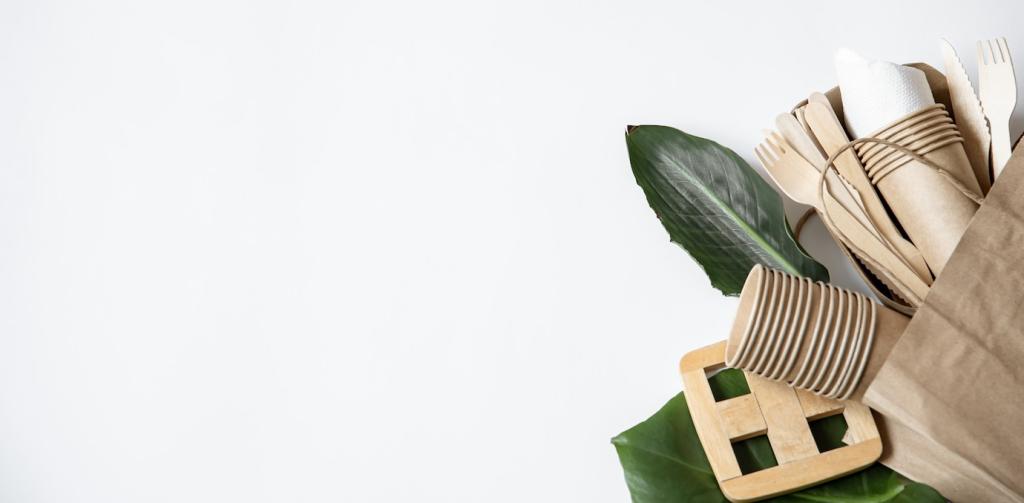Upholstery and Fabrics, Naturally Fresh
Vacuum seams and cushions weekly using a soft brush attachment. On clear days, open windows and let upholstery breathe. Airflow disperses stale odors naturally while reducing the need for strong deodorizers or perfumed sprays.
Upholstery and Fabrics, Naturally Fresh
For many fresh spills, blot first, then use one part white vinegar to three parts water, applied to a cloth, not the fabric. Dab gently, alternate with plain water, then blot dry with patience.
Upholstery and Fabrics, Naturally Fresh
Sprinkle a light, even layer over cushions, wait thirty minutes, then vacuum thoroughly. Baking soda absorbs odors without masking them. For delicate fabrics, test first and reduce wait time to avoid unnecessary residue.


